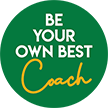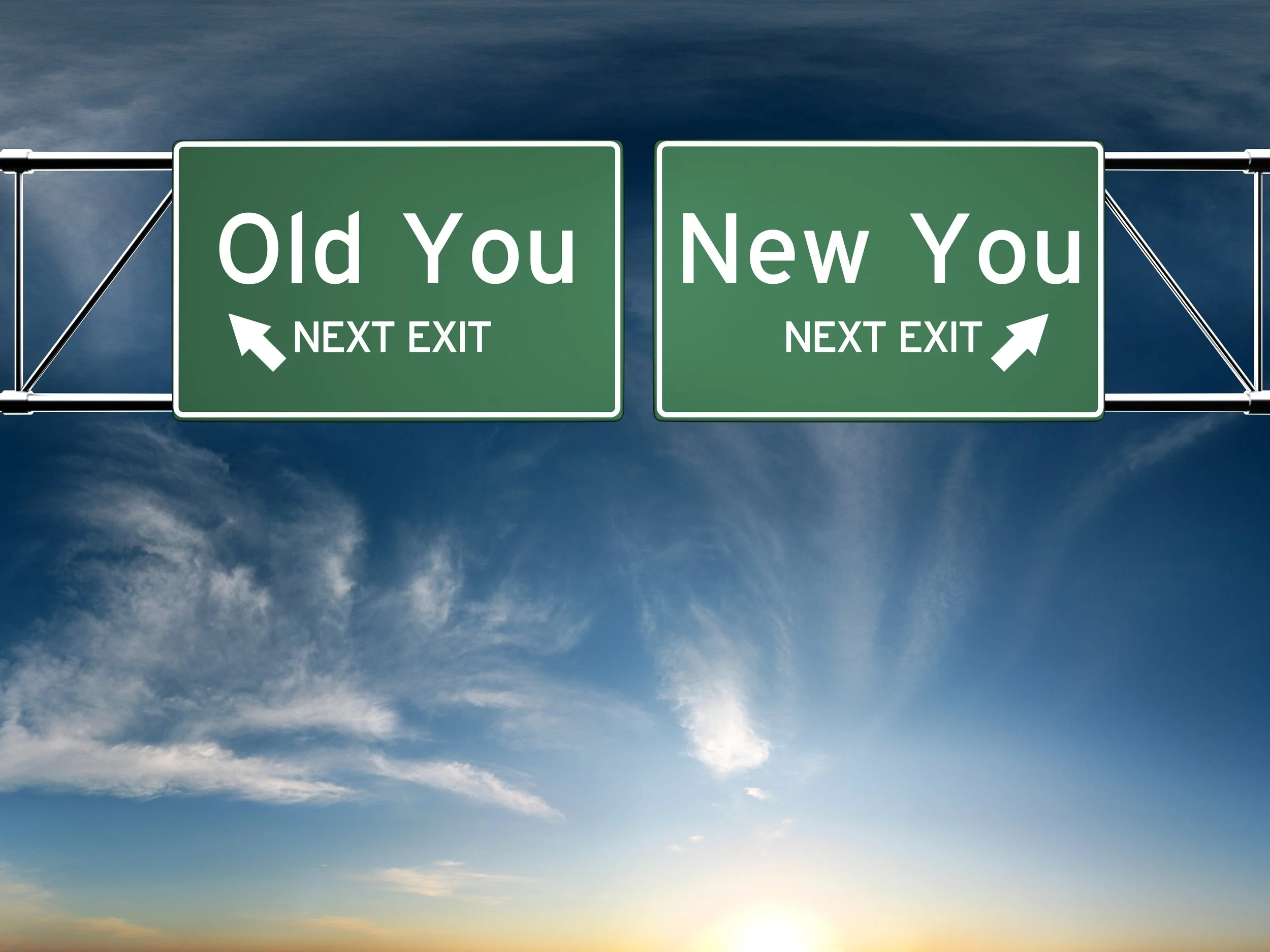Do a search on how to make (and/or keep) New Year’s Resolutions and you’ll come up with literally millions of links. (We just did a search that returned 116 million results!)
From tips and tricks to the same-old, same-old SMART goals, every expert seems to have their list of favorites . . . guaranteed to work.
But if all those bits of advice worked so well, why do we need so many millions year after year? Wouldn’t we already be well on our way toward lasting success?
We certainly aren’t going to argue against the many valid and useful suggestions that are out there.
The point isn’t that they aren’t valid and useful. They may be great.
The problem is that a bunch of tips and tricks–no matter how clever, novel, or seemingly easy they are to implement–don’t work in the long run because of one simple fact:
Humans are complicated.
Think of a squeezy toy. Squeeze in one place, a little bubble pops out in another place. Squeeze that bubble flat and another pops out in a different place.
That’s how tips and tricks work. You institute one trick or tip, and a barrier or issue pops up from somewhere else that prevents it from working, or working for very long.
Think about any of the articles or posts you may have read in the past month. The best offer a concise list of clear and easy-to-follow suggestions.
But again, if they worked so well, why would we need the yearly infusion?
One problem is that most lists of tips and tricks are a compilation of what-to-do’s but not how-to-do-it’s. That is, you learn what to do, but implement the different tips and tricks.
Consider just these few issues for a start:
Where do you start?
How do you prioritize?
What’s most important?
How do you track and monitor?
How do you know something is working?
Etc, etc, etc
Sustainable behavior change is not like throwing paint on the wall and seeing what sticks, although that has a place in the scheme of things, too. Experimentation is key, but even the most positive results of experimentation won’t lead to change that really sticks.
Humans are complicated because within us we have a lot of moving parts: drives and desires, thoughts, feelings, and beliefs that turn into behaviors.
But that’s not all.
The road to success is not only about what’s inside of us.
Context also counts . . . and can count quite a lot.
What do we mean about context?
Simple: It’s the people around you, the physical environment you find yourself in, and the things you have at hand that help or hinder you.
Think about it: If you’ve ever smoked and enjoyed going out for a drink with friends on Friday after work, what impact do smoking bans have on your automatic smoking behaviors?
If you’re like a lot of people in New York City in the winter, having to go out when it’s below freezing and the snow is blowing like crazy, may have made you think twice about going out for a smoke. It may even have helped you quit.
By the way, context can also have a profound impact even when you’re a passive bystander.
Not only have smoking bans significantly boosted quit rates and reduced the number of heart attacks in smokers, but the American College of Cardiology reported that the benefit of smoking bans also reduced heart attacks among younger people who hang out at clubs, restaurants and bars where smoking was part of the social scene, and people whose work in the entertainment or hospitality industries exposed them to a lot of second-hand smoke.
So here’s the bottom line: Social science research from the last 30-40 years shows you need to consider both what’s going on inside of you and the many factors outside of yourself if you want to make positive, lasting change. There can be trade-offs, but ultimately, covering all the bases is the surest way to make change . . . and make it stick.
Too many people (experts included) either don’t realize this or don’t take this into consideration.
That’s why we created a simple-to-understand model of behavior change to help you see your way into the winner’s circle.
We call it our Be Your Own Best Coach Behavior Change Model.
The Be Your Own Best Coach Behavior Change Model contains four key elements:
You
People
Environment
Things
YOU is all the internal factors that make you who you are and drive you to act the way you do. You is also the skills and strengths you already have that give you the ability to express--through your actions-- who you are and what you stand for.
PEOPLE are your social connections--from your family, friends, coworkers, and acquaintances to the guides, mentors, teachers, and colleagues you learn from and who help you along your journey.
ENVIRONMENT is the space you live, work, play, and pray in. It includes critical but often overlooked factors like light, sound, color, smell, texture, space. And, perhaps most importantly for today’s world, environment includes your digital space.
THINGS are the externals that help you to get to where you want. Things include incentives and disincentives, tools, props, and cues.
These are the four crucial factors you must account for in a systematic and deliberate way if you want to make the changes in your life you need to live the kind of life you want.
It’s easy to see how this idea works. Just think about a success you’ve had in the past.
What were the internal resources that motivated and enabled you?
Who cheered you on?
Who guided you or participated in your actions that led to success?
What environmental factors supported your efforts?
What were the externals that motivated you?
What tools, props, or gear made it easier for you to achieve that success?
We’ll be talking more about the Be Your Own Best Coach Behavior-Change Model in the future, so stay tuned . . . and in the meantime, be on the lookout for how the four elements of you-people-environment-and things work in your life.


